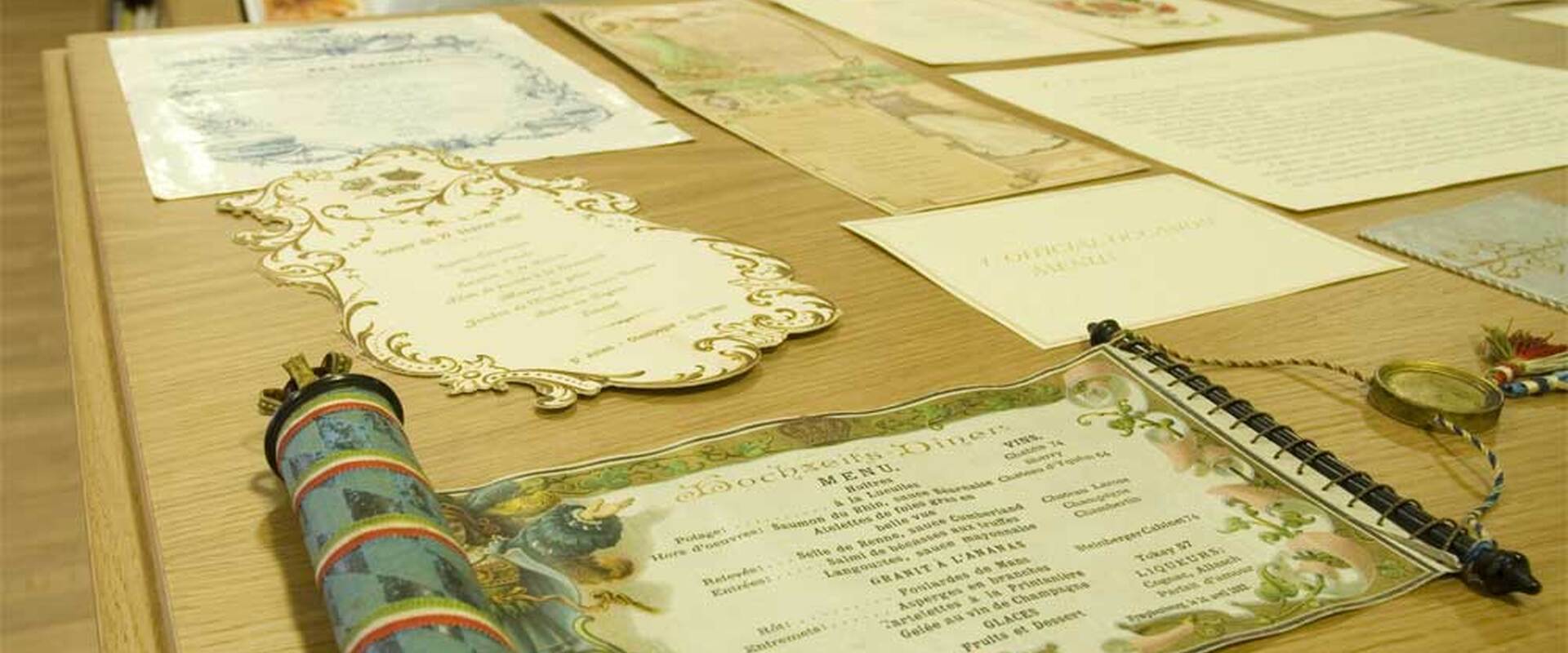Gastronomic library in Parma: the books and magazines are served
2016-12-21
Whether you�re looking for the latest new publications or digging for ancient memories and curious anecdotes, the
Gastronomic Library at
Academia Barilla is the right place for you.
Opened in Parma in 2005, it is the
cultural heart of Academia Barilla, an international centre for the promotion and development of Italian gastronomy all over the world. According to curator
Giancarlo Gonizzi, –
The library was opened in the conviction that we need to use our minds and hearts, and not just our palates, to enjoy quality Italian food and cooking. Every single dish, and every single product, is backed up by a lot of history, tradition and study;.
The collection is truly unique: a
culinary tour of the world in
more than 13,000 volumes, from the 16th century to the present, divided into more than 90 theme areas, as well as over 60 periodicals, some of which are very hard to find anywhere else as they have been out of publication for some time.
An essential aid for students enrolled in cooking courses at Academia Barilla, and for restaurant operators in search of new or ancient recipes, for academics and students conducting research in the field of gastronomy, and for anyone who loves food and cooking in Parma or elsewhere.
All the books are included in Italy�s national library system,– continues Giancarlo Gonizzi,
which means that anyone who wants to can consult the library via web;. To view the physical volumes, make a reservation at the library (open to the public on
Wednesday mornings; for information, call
0521 264060), in Academia Barilla at the
Barilla Center in Parma, a multipurpose complex designed by Renzo Piano on the site of the old Barilla pasta factory.
About a thousand
volumes are the only copies of books which can be found nowhere else. The oldest document in the Library�s possession is the
De Partibus Aedium, written by a humanist from Parma, Francesco Maria Grapaldo, in 1516: an architectural treatise on the Renaissance home, describing the various parts of the home, not only the kitchen and dining room, but the wine cellar, the chicken coop and the pigsty…
Along with this goldmine for bookworms, the library offers an extraordinary and highly impressive
collection of historic menus: more than 5 thousand menus dating from the early 19th century to the late 20th century.
In addition to books and periodicals, the Academia Barilla Gastronomic Library contains an important collection of menus from the early 19th century to the end of the 20th century and a prestigious collection of antique prints illustrating culinary themes
In addition to more than 13,000 volumes and issues of 60 periodicals, the
Gastronomic Library at
Academia Barilla (located in Parma and open to the public; for information, call
0521 264060) also possesses a very important
collection of menus: more than 5 thousand menus dating from the early 19th century until the end of the 20th century.
According to library curator
Giancarlo Gonizzi,
menus were first printed around the year 1810, when what was known as “Service à la française”, in which all the dishes were put on the table at the same time, was gradually replaced by “Service à la russe”, in which various courses were brought to the table in a carefully planned succession, served in portions directly by the waiters;.
The new form of service was adopted by the international diplomatic community and gradually took over in the late nineteenth century.
The menu was originally created to allow diners to “pace themselves” right from the start, deciding what and how much to eat, and was a simple card listing the succession of courses. Over the years the menu was enriched with the addition of wine pairings and illustrations by great artists, which, possibly with the addition of some celebrity�s autograph, became “souvenirs” of important occasions;.
Numerous
historic menus are included in the Gastronomic Library�s collection in Parma, from menus of the House of Savoy dated 1871 to colonial menus, wartime menus and a unique collection of menus from the Fascist era in Italy. The collection includes a highly various series of
advertising menus and a vast collection of
travel menus from cruise ships, planes and trains.
Academia Barilla also has a splendid
collection of historic culinary prints including more than 150 woodcuts, etchings, engravings and lithographs about food and the table, including prints with vintage colouring and prints of great value, such as a fascinating 17th century etching by Rembrandt entitled “The hunter�s table”.
A part of the Gastronomic Library�s priceless collection may be viewed on the Academia Barilla portal. Giancarlo Gonizzi conclude,
We have chosen to publish reproductions of hundreds of historic Italian texts about gastronomy dating from the late 15th century to the early 20th century on the internet; so that the public can sample these delectable pages while sitting comfortably in front of the computer at home.
Mariagrazia Villa
